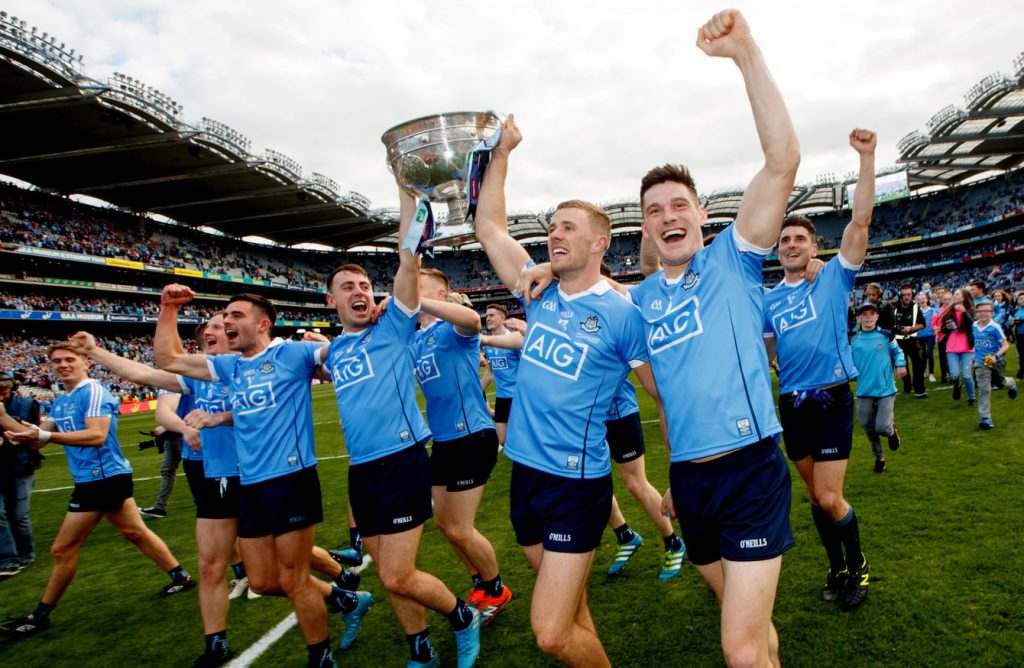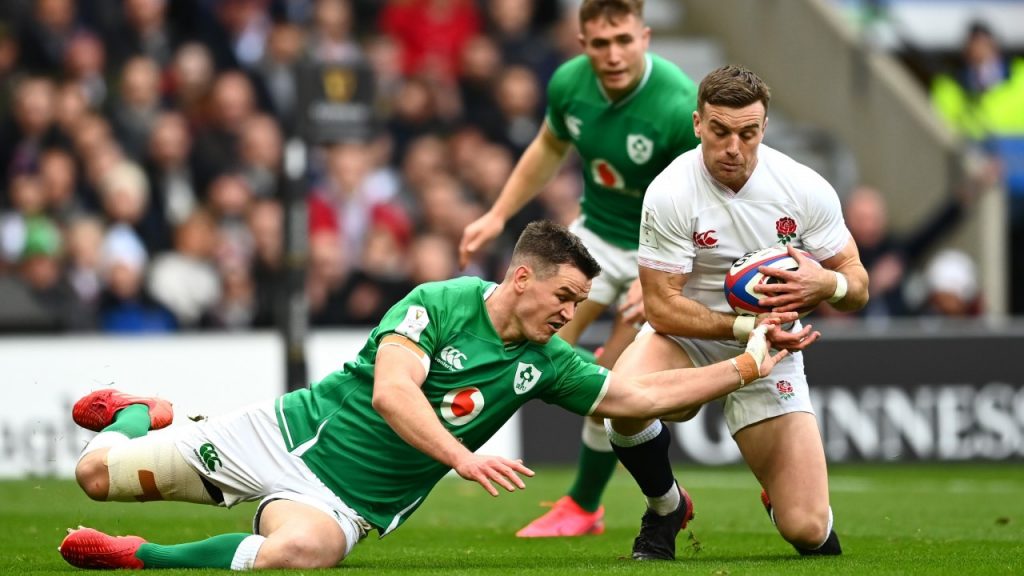What Can Irish Rugby Learn from Dublin’s All-Conquering GAA Team?
Latest posts by Will Matthews (see all)
- Ireland team named for Six Nations finale with Italy - March 13, 2025
- Big change in expected Ireland team to take on Italy - March 13, 2025
- Andrew Porter hits back at France head coach Fabien Galthie - March 12, 2025
Champions.
If you’re Irish and born outside of County Dublin, then you’re probably sick to the back teeth of seeing Dublin lift the Sam Maguire Cup.
The Dubs have won the last five All-Ireland Football Championships, and seven out of the last nine. But even that doesn’t tell the full story of a decade of sporting dominance that would make even fans of the New Zealand All Blacks envious.
Dublin, like all great sporting dynasties, not all had great success, but they also changed the way game is played and how people perceive it. Dublin’s transformation has been nothing short of remarkable – before winning the 2011 All-Ireland, Dublin had a barren stretch going back 16 years without an appearance in the Final. But what have been the keys to their success? And what, if anything, can Irish Rugby learn from the “Dublin Model”?
Looking Beyond Traditional Talent Hotspots
We won’t get bogged down in the argument over Dubin having a massive financial advantage over other counties, but it does spend that money wisely. But one of the genius moves from the county was to invest in schools and communities where there was not a tradition of producing prodigious GAA talent, or any players at all really. It’s worked wonders for Dublin, who have basically maximised the fact it is by far the most populous county by widening the net in the search for talent.
As for rugby, well, as pointed out in the Irish Examiner last year, 16 players of the 31-man squad at the 2019 World Cup went to private schools. About 6.5% of the population go to these fee-paying schools in Ireland, and yet they provide over 50% of the squad for the national team. It’s not a stretch to say that there is an untapped talent pool in other schools across the country.
A New Approach to Injuries, Fitness and Conditioning
Dublin are the 5/6 hot favourites in the Gaelic football odds by MansionBet for the revamped All-Ireland Football Championship that gets underway next weekend. Their success is not guaranteed, of course, and the bookies don’t consider them a sure thing. However, what’s almost certain is that the players will be in peak condition when they get there – and we mean all players. Because Dublin don’t do injuries, at least not soft injuries.
In the six All-Ireland Finals that former manager, Jim Gavin, led the county to between 2013-2019 (Gavin stood down and was replaced by Dessie Farrell in December last year), no players were missing through soft-tissue injuries (strained muscles, tendons, etc.). It’s an utterly remarkable statistic. Yes, football and rugby players will face different types of injury concerns, and the latter is certainly more physical than the former. The man who is seen as the mastermind behind this fitness revolution? Dan Tobin, who went on to roles with Leinster Rugby and is now Head of Performance at Gloucester.
A Willingness to Look Beyond the Boundaries of Their Sport
Jim Gavin was certainly a man who thought outside the box, and it’s probable that many of the, let’s say, more conservative GAA types would have had raised eyebrows when they heard Gavin had drafted in a basketball coach to help with, among other things, the team’s decision-making in short spaces. That basketball coach was Sean Ingle, who worked with Gavin and Jason Sherlock in 2015.



